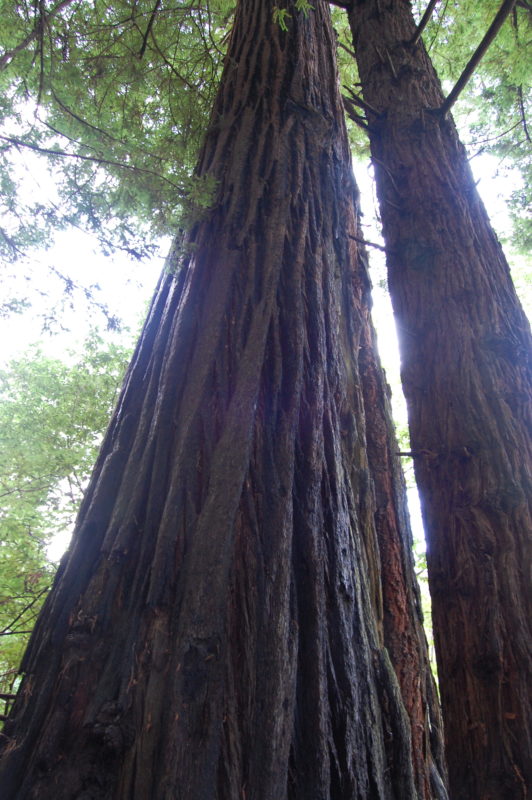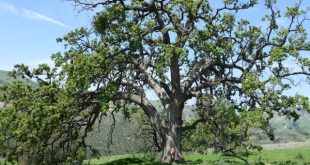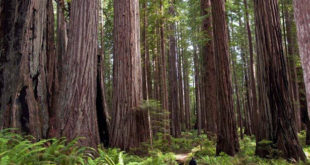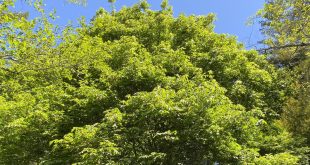If we have ever taken a walk anywhere in our area and come back home without being able to name or describe a single tree, this article will make you think anew about the trees that surround us. Here, as well as on the Gualala River website, we learn why attending to trees and their differences makes us ever aware of local resources, some ancient, others quite recent. Take the time to go to the website, take note of several trees and their features, and then walk and see in new ways on our many paths and trails.

Trees are the predominant terrestrial feature of the Gualala River watershed. They account for the largest biomass in the watershed and cover a third of its nearly 300 square miles. How we think about them–their beauty, their importance to the natural systems of the planet, and their economic value–is critical to whether we find ways to protect them and ensure their continued existence, especially on a warming planet.
The Gualala River watershed, which includes all lands drained by the river and its tributaries, is blessed to have a remarkable number of native species of trees—over 30— which make a critical contribution to the biodiversity of this area.
This year Friends of Gualala River (FoGR) introduced a new feature on our website in which we describe a native tree species every month or so. [Check it out and see if you can on your next walk identify one or more of the species.] With these articles we hope to expand awareness of the individual qualities of these tree species, as well as to make them easier to find and identify. Our goal is to help the community learn about the role these trees play in the natural world around us. On the website, we include many photos with each article and highlight specific features. Note that we also include places in the watershed where each species may be seen.
Thanks to the moderating influences of the Pacific Ocean and our mid-latitude location, ours is a temperate climate which confers upon the watershed a rich mix of both conifer and hardwood species. Some of the species are generalists whose growth requirements can be met across much of the watershed (e.g., Douglas fir, tanoak, and madrone), while others grow more within specific habitats such as a riparian corridor (e.g., willow, alder, big leaf maple, Oregon ash) or a different climate zone (e.g., interior live oak, black oak, bishop pine), or a specific soil type (e.g., pygmy cypress). In our Gualala River watershed, we have both the tallest and the shortest tree species in the world. Some of the remaining old growth coast redwoods top 300 feet in height, while the pygmy cypress, a rare species that occurs only in Sonoma and Mendocino counties, may not reach more than a few feet in height.
Many of the tree species are components of forest ecosystems, but others, like the California buckeye grow in open habitats such as grasslands. Species like the coast redwood and the bay laurel are from ancient lineages, while others, like some of the oak species, are, relatively speaking, more recent arrivals.
Our native trees surround us and are easy to access and spot, if only we take the time to look and see their differences as well as their habitat preferences. These trees inspire and sustain us as they have for generations before us. As FoGR celebrates this glorious flora, we also dedicate ourselves to protecting and preserving our trees as our predominant terrestrial feature.

 Friends of Gualala River Protecting the Gualala River watershed and the species living within it
Friends of Gualala River Protecting the Gualala River watershed and the species living within it


